What Lies Beneath the Waters in the Maldives?
Folks who love water and scuba diving find their heaven in the Maldives. Yes, it is true that the beauty above the waters of Maldives is nothing short of heaven. But, what lies beneath these waters is even more mesmerising. We are talking about the sea-life wonders that lie beneath and are equal attractions to Maldives visitors, especially to the scuba-divers.
The Name Origin
"The Maldives" takes its name from Red Sea's long list of competing origins. Maladvipa, "garland of islands" and mahila dvipa, "island of women" are most popular, without any considerable roots though. There is an Arabic reference too which spells as Maale Dhivehi Rajje which means the island kingdom ruled by Male. This is often combined by Mahal Dibiya meaning a palace. This one is also inscribed on Maldives State Emblem.
The Geographical Spread
Talking in geographical terms, Maldives is a vast spread of 500 miles in the north-east direction which is at the north of equator and south-west of Sri Lanka. The natural exquisiteness of Maldives is due to the geological processes that had taken place over millions of years. If you ask how the islands were formed? Well, they were born from the emergence of a submerged mountain range and got surrounded by aesthetically gorgeous coral reefs accompanied by blue, crystal clear aquatic waters. This is what became a natural aquarium to the region and added a distinctly tropical feel to the Maldives. No wonder the travellers want to come back to the Maldivian islands again and again.
The Diving Stories
Divers heaven – the Maldives is one of the greatest underwater experiences of the world that an avid diver can look forward to. The coral reefs surrounded by stunning water which is home to a huge range of underwater wildlife comprising large pelagics like dolphins, reef sharks to a variety of tropical fishes including stringrays. The mix is absolutely striking and harmonious too. This brings the novice divers as well as the seasoned players equally delightful opportunities and a feel-at-home ambience too. The major diving sites in the Maldives are spread over shallower reefs that are surrounded by the islands. Some of the best sites are also found in the channel ranges naturally created by the geological formations around the Maldives. For new divers, there is a lot of help offered by multilingual dive operators practising in the region who also put forward a hoard of opportunities to learn and practice diving in less accessible sites farther away from Maldivian shores too. These are usually live-aboard sites and are operated from the capital city Male. Most of the dive operating agencies are affiliated with the resorts that tourists stay at and are well equipped with the knowledge and know-how of the atolls and reefs in the region. These act as promising diving schools too.
Scuba Diving Sites and Underwater Life
The dive sites in the Maldives are vastly dispersed, making the live-aboard vessels quite popular, largely for the trips to remote and unexplored atolls like Baa Atoll. Local ferry boats called “Dhonis" are used for diving owing to their special high swung bows. These boats are stapled transport for divers from one diving site to another, over shorter distances. No wonder live-aboard diving is a thriving industry in the Maldives, owing to the natural habitat it offers. Coming back to the aquatic life species found underneath Maldivian waters - Thilas, the submerged reefs differ in their overall biodiversity. Divers can encounter everything from coral to sleeping nursing sharks to moray eels and mantas. These include groupers, snappers, surgeonfish eels, parrotfish, giant napoleon wrasse, green turtle, hawksbill turtle, grey reef sharks and the largest tunas too. When we travel towards Kaafu Atoll, we meet four counterparts namely North and South Male Atoll, Gaafaru and Kaashidoo Atolls. This area got its vibe from Mantas, reefs and penetrable wrecks; one of those is the popular Victory Wreck on the west of Hulhule, the airport island of Maldives. Thus the region is populated by batfish, fusiliers, barracuda and hump-head wrasses. North Male with dramatically exquisite coral backdrops is known for its humpbacks, black and white snappers, trevally jacks, barracudas, batfishes, unicorns, yellowback fusiliers and harlequin sweetlips. During a low tide, turtles also surface around the reefs of Giri atoll. Banana Reef, gets its name from the elongated banana shape which is 300 meters on the eastern side of North Male neighbored by Fullmoon island, Farukolhu Fushi and Kurumba. This reef is known for drift dives and healthy fish population. The north and south Ari or Alifu Atoll is divided into two parts, larger Ari is Rashdoo Atoll, and smaller called Thodoo Atoll. This urban popular touristic area is an attraction for whale sharks. South of Ari makes another popular dive location famous for its grey reef sharks, barracuda, batfish, blue fusiliers and sea turtles. This region is called Kuda Rah Thila meaning "broken rock". It lies near Dhangethi and Dhigurah. The rock is split in the centre which makes a 72 feet deep canyon perfect for diving. Seasoned divers usually head towards Guraidhoo Corner which lies towards the east of South Male’ Atoll, nearby Lohifushi and Kandooma. This offers a huge 100 feet drop-off with trimmings and large currents, hence is more suited for experienced divers to get entertained by large pelagics like grey reef sharks, eagle rays, hammerheads, whale sharks, oriental sweetlips, bannerfish black and white striped snappers and large hump-head wrasses towards the edge of the channel. Strangely shaped like a boot, the easternmost atoll called Vaavu is all for diving from tip to toe. The 55 kms long reef region promises hoards of hammerheads and grey reef sharks. It is aptly known amongst the divers community as one of the most interesting diving sites, for it is not hugely commercialized as yet. The Fotteyo Kandu of Maldives ranks among top five dive sites in the world.
Diving Season in the Maldives
The best diving season is from February to April which is humid and also the peak diving period. October and November make the Manta season of the island. Monsoons, of course, bring along all kinds of marine creatures with tides for the divers. This also could be a great time to experience diving and underwater life in the Maldives. If you are all for exploring the mysteries lying under Maldivian waters and make one of the most exciting diving experiences of your lifetime; do not wait any further. Book yourself on a flight and head towards the magical reef island now!
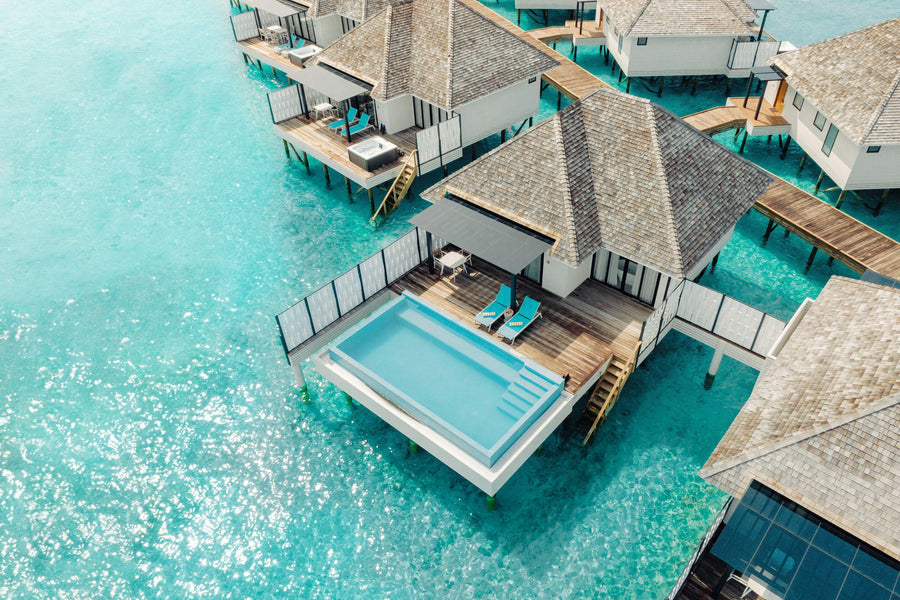
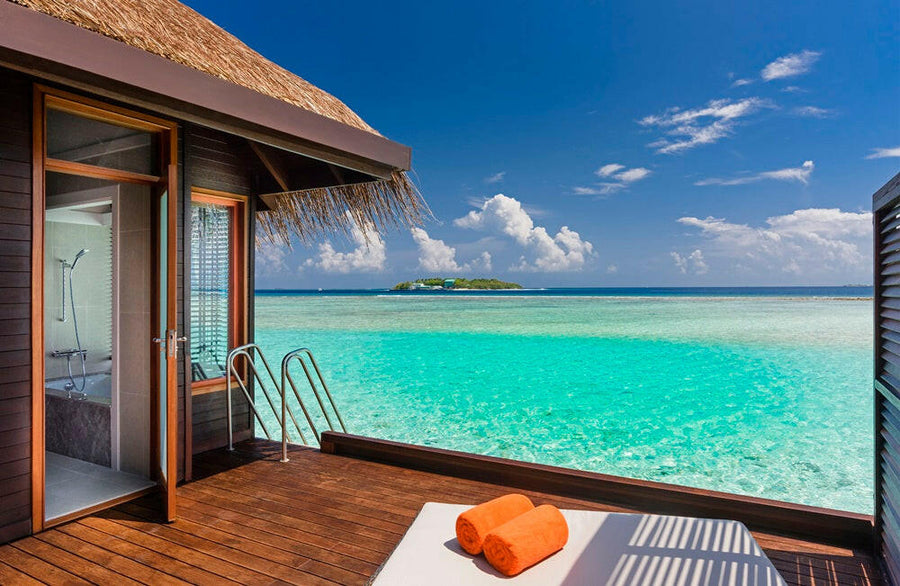






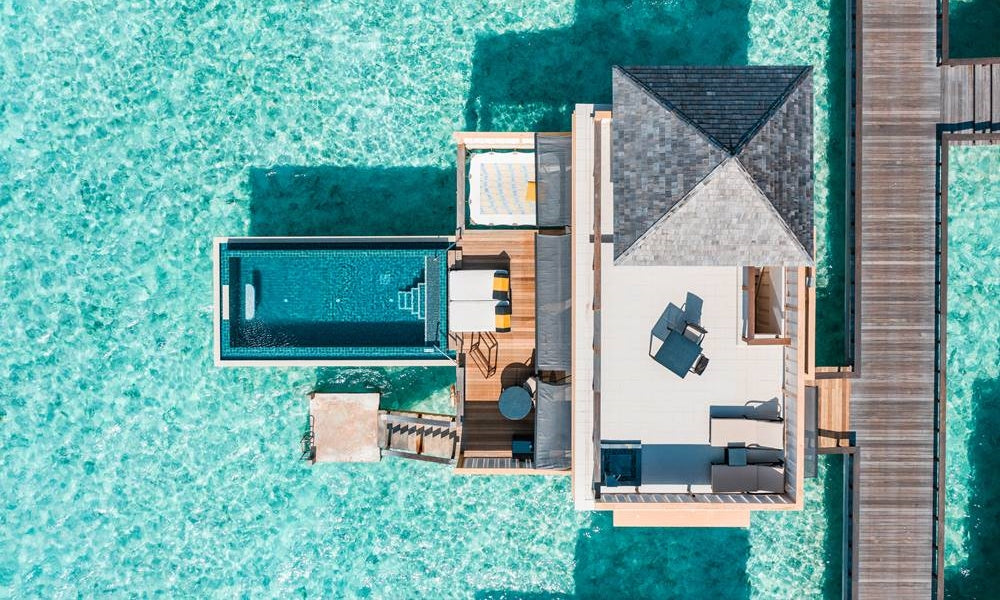
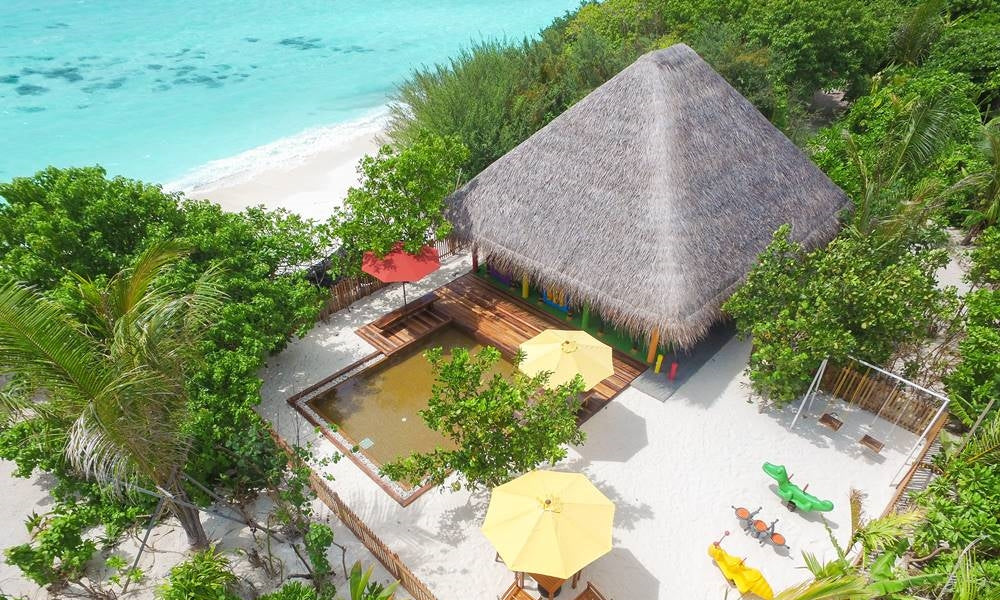
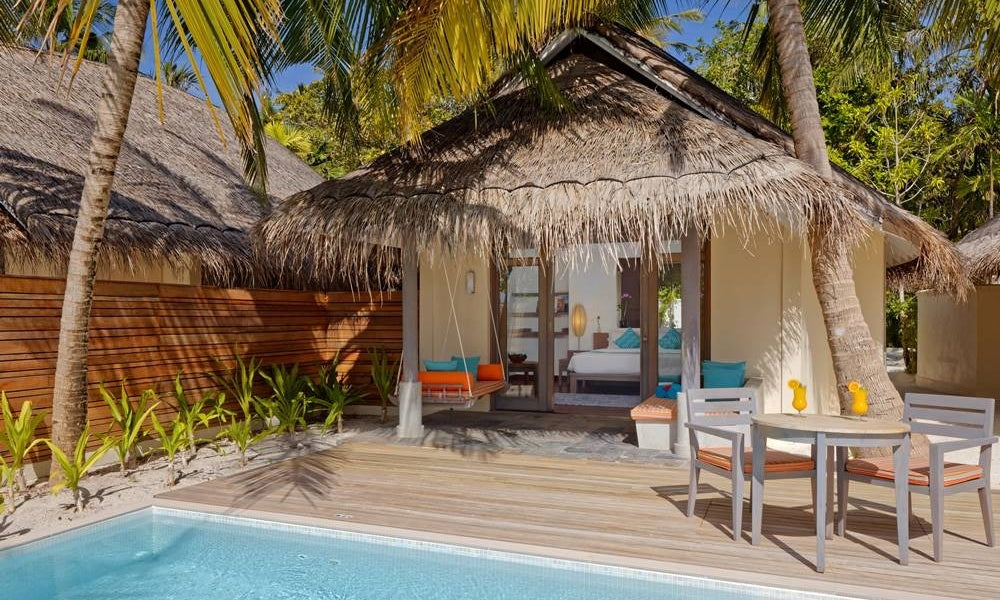
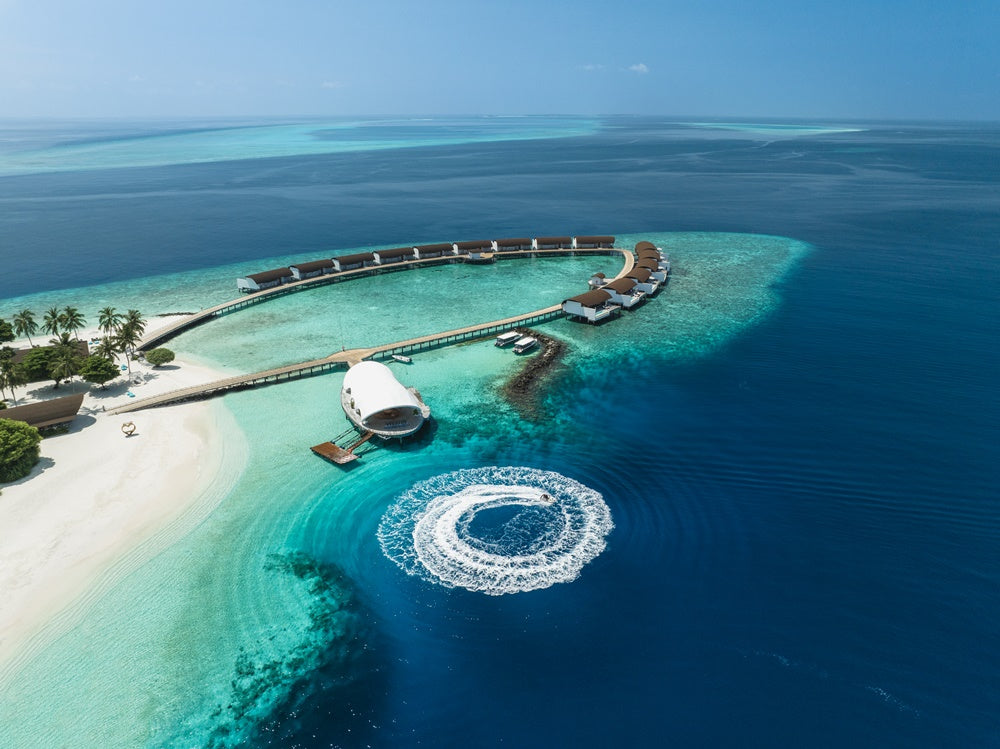
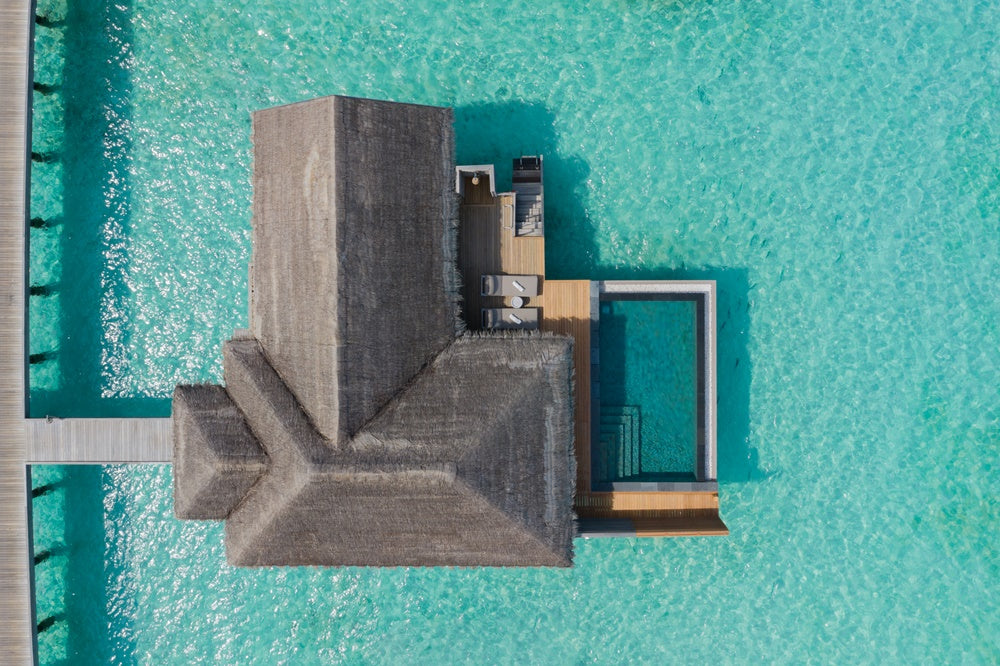
Leave a comment